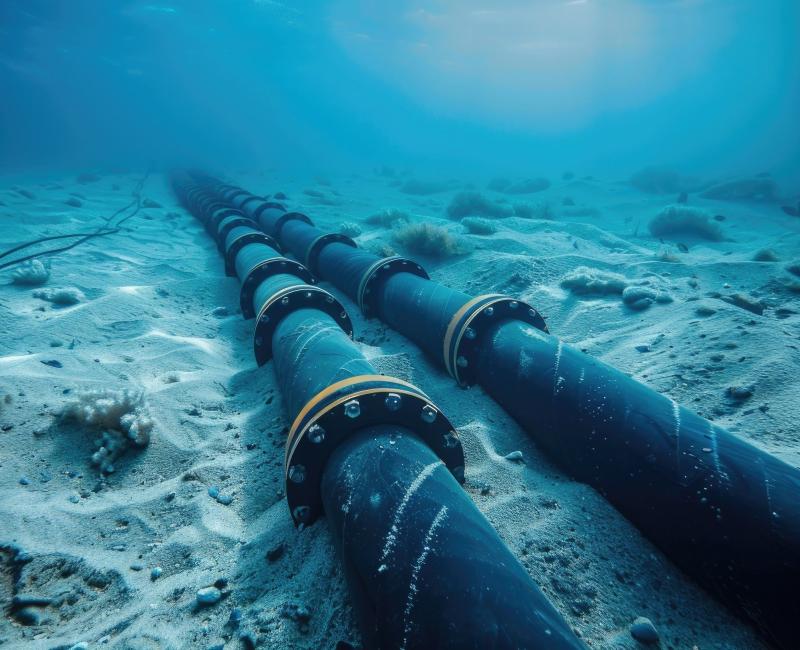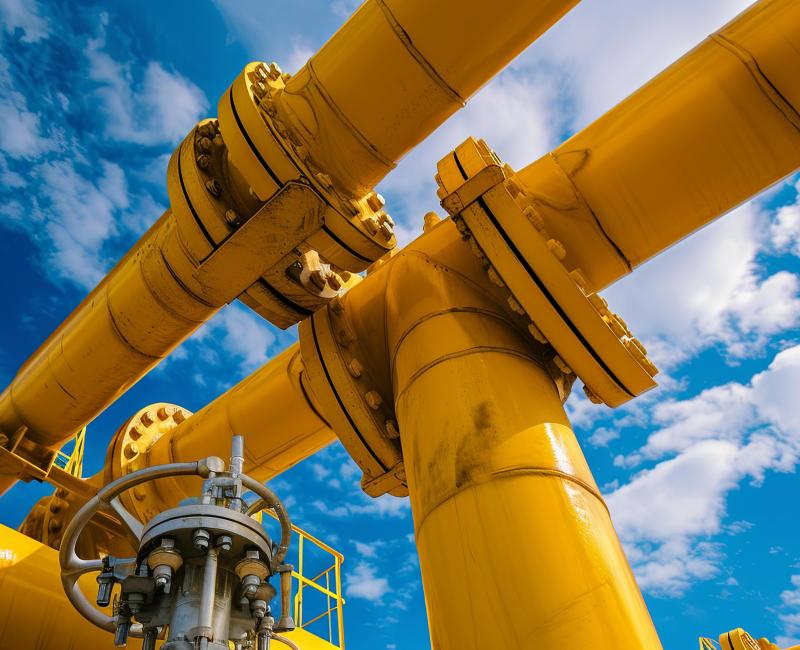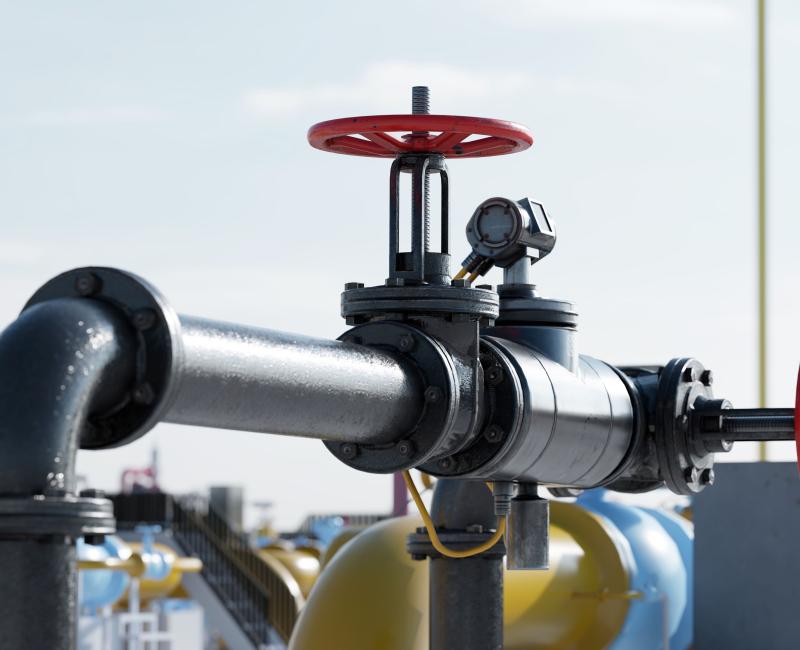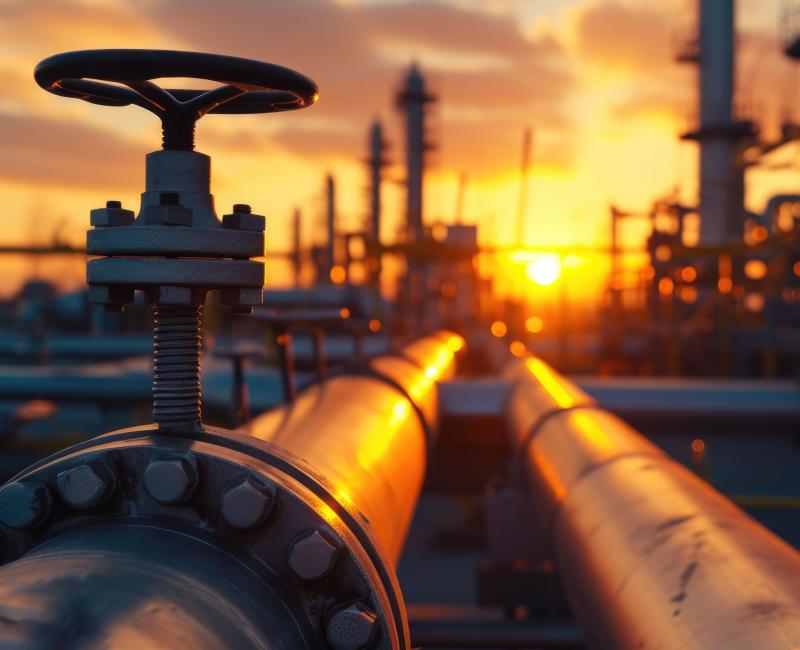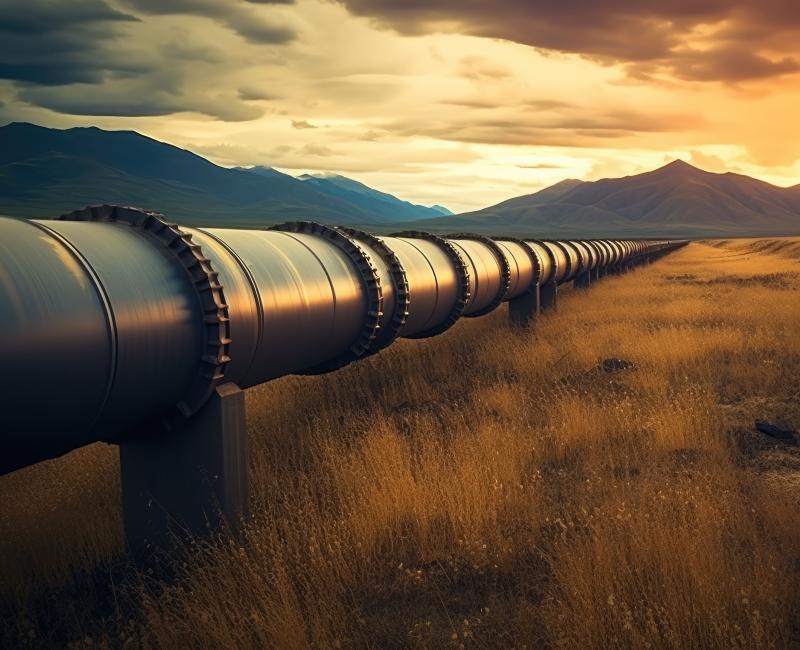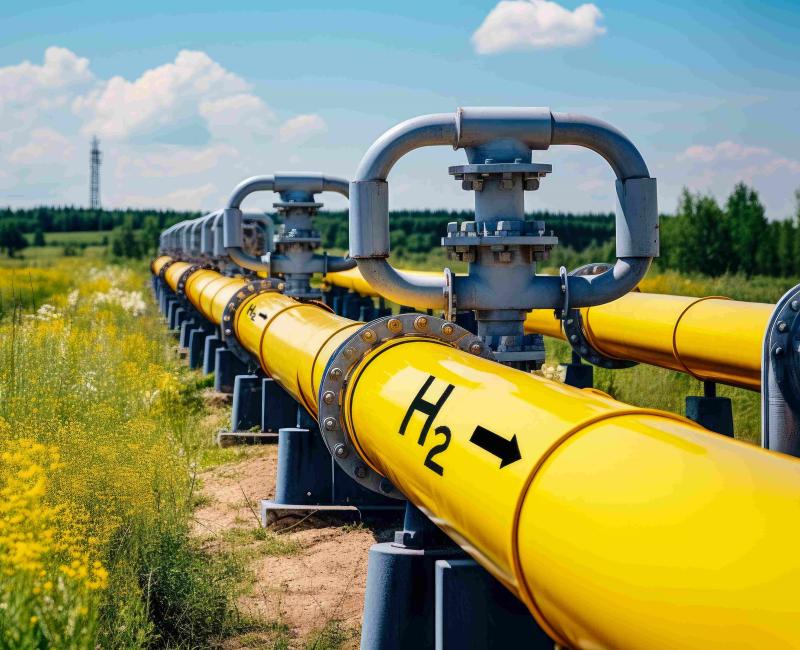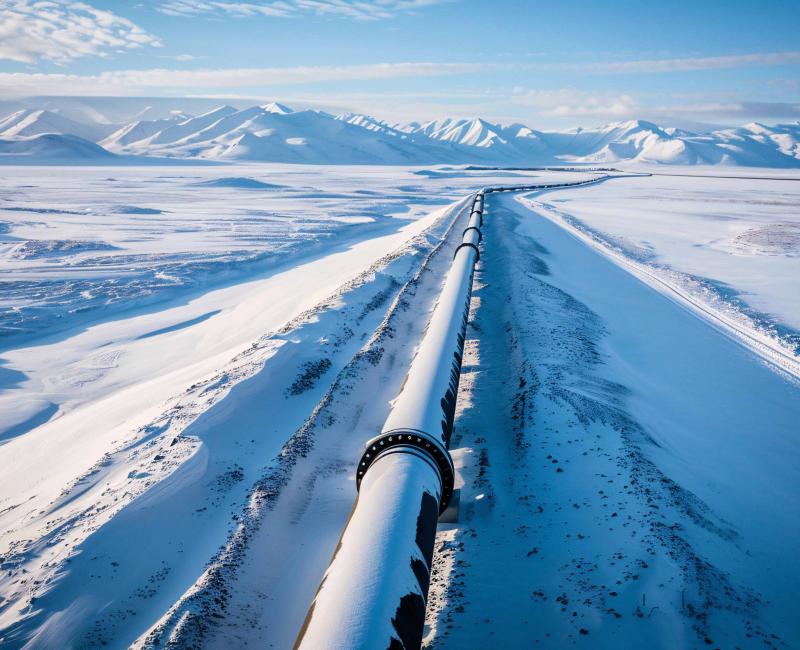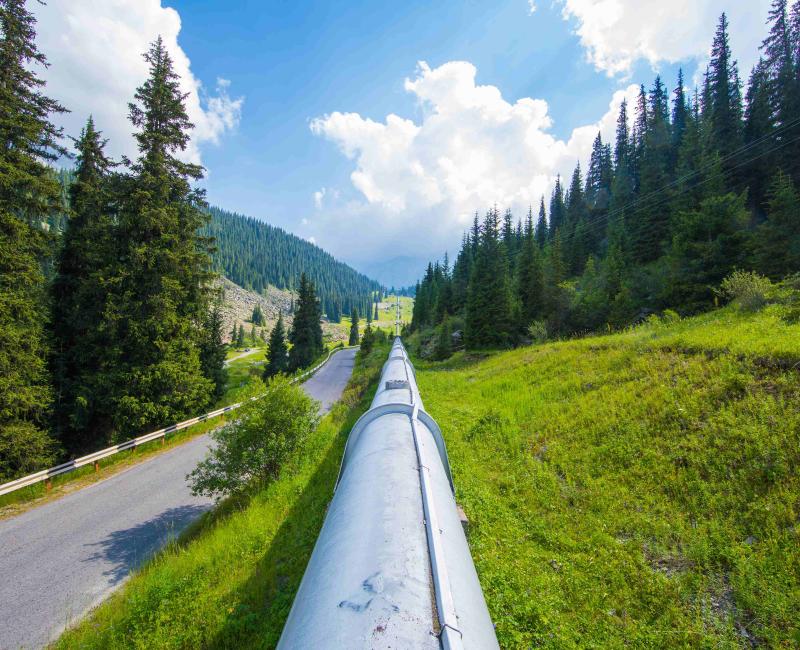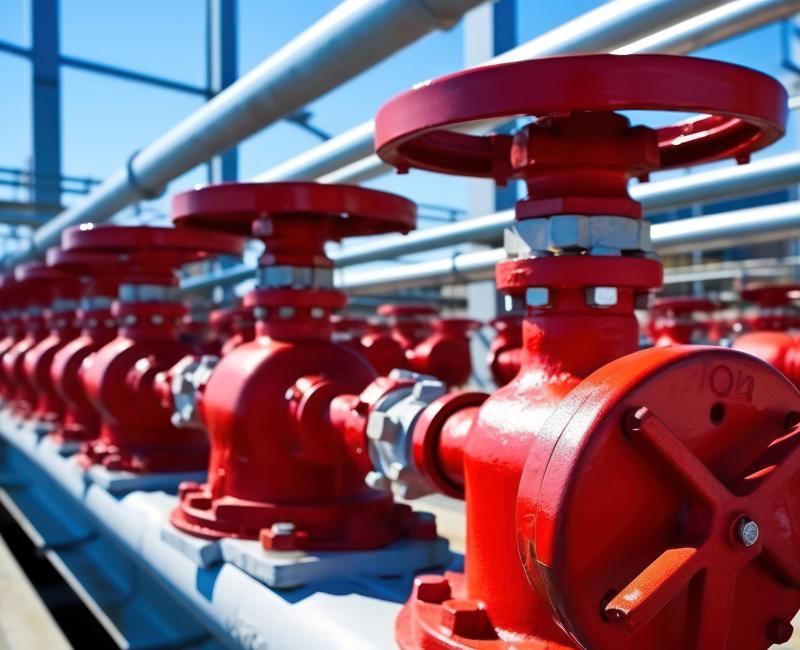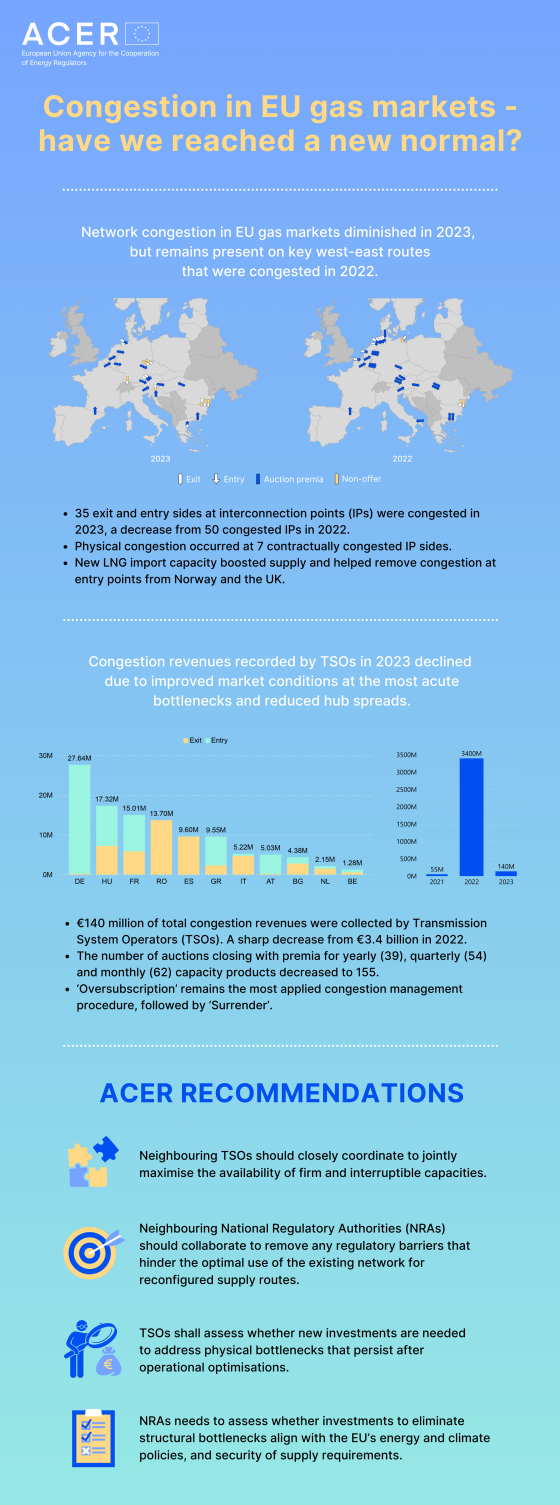ACER will consult on the European market rules on gas transmission capacity allocation

ACER will consult on the European market rules on gas transmission capacity allocation
What is it about?
The Capacity Allocation Mechanisms Network Code (CAM NC) harmonises how Transmission System Operators (TSOs) offer and allocate available gas transmission pipeline capacity to network users. With Europe’s decarbonisation goals and the evolving gas market, the network code, last amended in 2017, now needs to be updated.
To address this, ACER initiated the revision process earlier this year. In autumn, ACER will hold a final public consultation to collect stakeholders’ feedback on its draft proposals.
The revision process
The revision process is informed by new regulatory elements from the hydrogen and gas decarbonisation package, ACER’s initial analysis of the network code's achievements and areas for improvement, alongside continuous dialogue with stakeholders:
- ACER conducted a preliminary analysis (from October 2023 to January 2024) to identify main achievements and potential improvements to the CAM NC (see the scoping consultation and the workshop).
- These findings were shared with the European Commission, which prompted ACER to initiate the revision process.
- In spring 2024, ACER developed a policy paper proposing potential improvements to the CAM NC, and sought feedback through a public consultation.
- A technical workshop was held in July 2024 to further discuss the proposed revisions with the consultation respondents.
What are the next steps?
ACER will hold a final public consultation from 26 September to 25 October 2024 to ensure the proposed amendments effectively address market needs and deliver the expected improvements.
The CAM NC revision process will conclude with ACER’s recommendations to the Commission (expected by December 2024), which is responsible for revising the text of the network code.

